Tapgol Park (탑골공원)
3.4Km 2024-03-04
99, Jong-ro, Jongno-gu, Seoul
+82-2-731-0534
Tapgol Park is the first modern park in Seoul. Having been the site of the Buddhist temple of Wongaksa Temple since 1467, the land was turned into a park in 1897. The park has a significant presence in Korean history, being the place where the March 1 Independence Movement began in 1919. One can find historical sites that hearken back to the struggle, such as the Palgakjeong Pavilion, the center of the movement; cultural heritage sites such as the Ten-story Stone Pagoda of Wongaksa Temple Site and the Stele for the Construction of Daewongaksa Temple at Wongaksa Temple Site; and monuments such as the independence movement relief plate, murals, the statue of Son Byeong-hee, and the statue of Han Yong-un.
Matborae Jeukseok Tteokbokki (맛보래즉석떡볶이)
3.4Km 2021-03-19
9, Insadong, 3-gil, Jongno-gu, Seoul
+82-2-720-4831
A spicy rice cakes specialty restaurant located in Insa-dong, Seoul. The most famous menu is stir-fried rice cake with cheese. Jjajang tteokbokki is also delicious.
Daeseong Hanjeongsik (대성한정식)
3.4Km 2021-03-30
10, Insadong 3-gil, Jongno-gu, Seoul
+82-2-734-4407
It is a hidden famous restaurant in Insa-dong. The best menu at this restaurant is soy sauce marinated crab set menu. This Korean table d'hote restaurant is located in Jongno-gu, Seoul.
Best Western Premier Hotel Kukdo (베스트웨스턴 프리미어 호텔국도)
3.4Km 2020-04-04
164, Eulji-ro, Jung-gu, Seoul
+82-2-6466-1234
The Best Western Premier Kukdo (opened on March 1, 2007) was the first Best Western in Korea. Since then, the Best Western chain has expanded to include 15 different facilities (a total of 1,900 guestrooms) located all around the country.
Best Western Premier Kukdo offers subsidiary facilities such as a fusion restaurant, sky lounge, fitness center, and business center. Each of the 295 guestrooms has a bidet and high speed internet. Double rooms have a shower booth, while twin rooms have a bathtub.
From the sky lounge (21F) guests can get a great view of Bukhansan Mountain, Cheongwadae, Dongdaemun shopping center, and Myeongdong, not to mention a bird’s-eye view of Seoul nightscape. The hotel also offers VIP rooms that can accommodate up to 20 people and a number of other conveniences that makes this an ideal choice for those traveling for business. Myeongdong and Dongdaemun are only a 10-20 minutes away on foot.
Imun Seolnongtang (이문설농탕)
3.4Km 2025-06-18
38-13 Ujeongguk-ro, Jongno-gu, Seoul
+82-2-733-6526
Imun Seolnongtang has been serving its hearty seolleongtang for over a hundred years since it first opened in 1907. Even its name has a long history: the word imun comes from Imun-gol, the now-obsolete name of the restaurant’s location, and seolnongtang, an old variation of the word seolleongtang. During the Japanese colonial rule, the restaurant’s regular customers included Gijeong Son, the marathon gold-medalist at the 1936 Berlin Olympics. The meal served at this restaurante is reputed to stay consistent from the Japanese colonial period.
Yonsei University (연세대학교)
3.4Km 2023-07-04
50, Yonsei-ro, Seodaemun-gu, Seoul
+82-1599-1885
Yonsei University, which opened in 1885, is a prestigious university that boasts a beautiful campus. In particular, it is famous for its wooden trails, antique buildings covered with ivy, and Cheongsongdae Forest, a popular dating spot among couples. Yonsei University also has a Korean language institute for foreigners interested in learning Korean.
Jangchungdan Park (장충단공원)
3.4Km 2020-03-18
261, Dongho-ro, Jung-gu, Seoul
Jangchungdan Park is located on the northeastern foot of Namsan Mountain. On August 20th, 1895, Empress Myeongseong was killed by Japanese soldiers in Gyeongbokgung Palace and many Korean soldiers such as Yi Gyeong-jik and Hong Gye-hun died while trying to hold back the intruders. In memory of these soldiers, Emperor Gojong built the Jangchungdan Shrine in November 1900 at the current site of the Shilla Hotel guesthouse. The shrine was lost during the Korean War and the area was renovated into a park in 1919.
On September 22, 1984, Jangchungdan Park was designated the 374th neighborhood park of Korea and part of the park was merged with Namsan Park. The remaining area retained the name “Jangchungdan Park” and is still home to cultural assets such as the Jangchungdan Memorial Stone, Supyogyo, Seungjeongjeon, Gwanseongmyo, and Waryongmyo. The park is considered a landmark of patriotism since it contains the 1919 Independence Movement of Korea Memorial Stone and other monuments dedicated to people such as Han Yong-un, Yu Gwan-sun, and Gim Yong-hwan who fought for the independence of Korea.
The King's (더 킹스)
3.4Km 2020-04-24
287, Dongho-ro, Jung-gu, Seoul
+82-2-2270-3121
The King’s is a premium buffet offering live music and top-quality, fresh dishes. Serving up “à la minute” cuisine in which food is cooked fresh to order, the restaurant is particularly known for its live seafood. In addition to the live seafood corner, The King’s buffet boasts 150 international foods in 10 different sections, including a Chinese food corner with dim sum, grilled Peking duck, stir-fry, and other authentic Chinese dishes prepared by Chinese chefs.
Ijo (이조)
3.4Km 2021-03-26
8, Insadong 3-gil, Jongno-gu, Seoul
+82-2-730-7610
Galbijjim (braised short ribs) is a traditional Korean menu of ribs seasoned with soy sauce. This Korean dishes restaurant is located in Jongno-gu, Seoul. The representative menu is braised short ribs.
Yangbandeck (양반댁)
3.4Km 2024-03-18
19-18 Insadong-gil, Jongno-gu, Seoul
+82-2-733-5507, +82-2-730-1112
Yangbandeck is a traditional Korean house in Insa-dong, serving ganjang gejang (soy sauce marinated crab) and bori gulbi (barley-aged dried yellow croaker). Theganjang gejang is made from crabs filled with roe, matured in soy sauce. The taste of barley-aged dried yellow croaker, made from dried yellow croaker matured in sea breeze and served on top of rice, is exceptional. Each meal comes with a hot pot rice, and side dishes such as soybean paste jjigae, pancakes, kimchi, and japchae are served as standard.
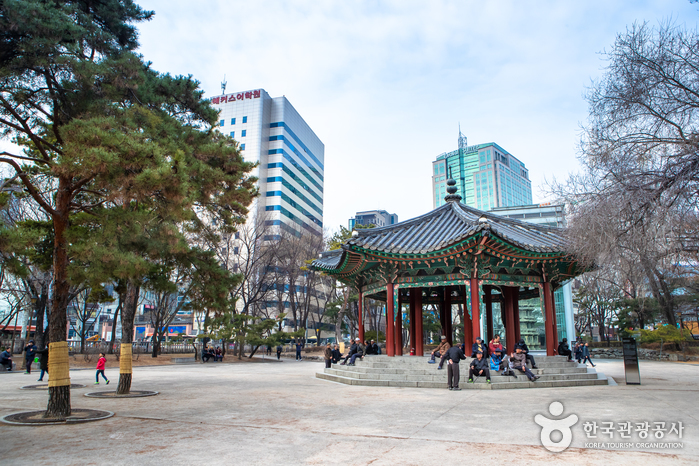
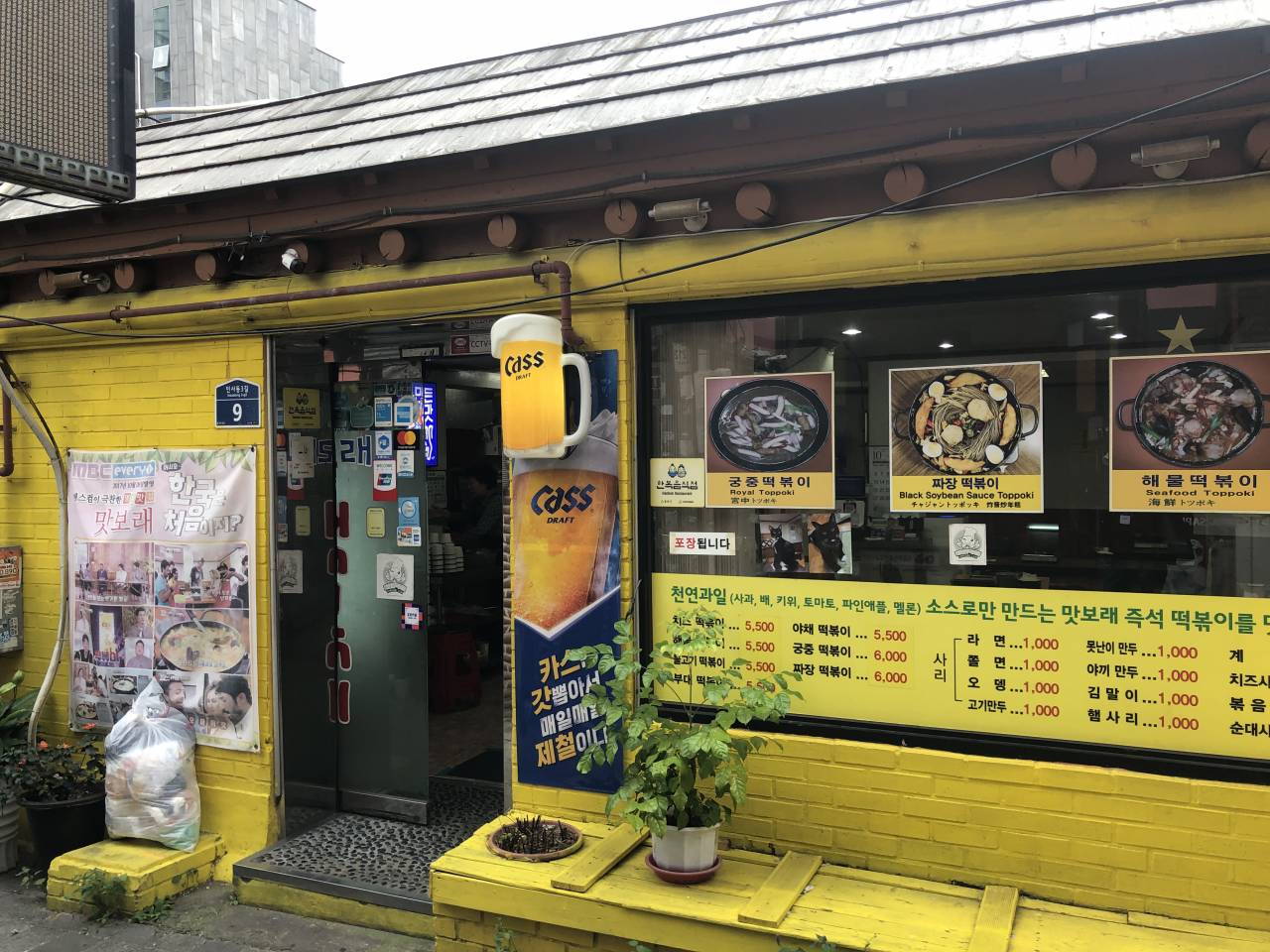
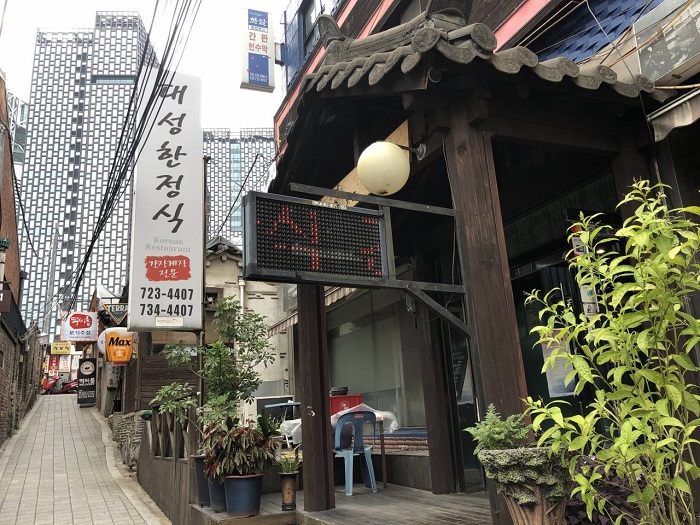
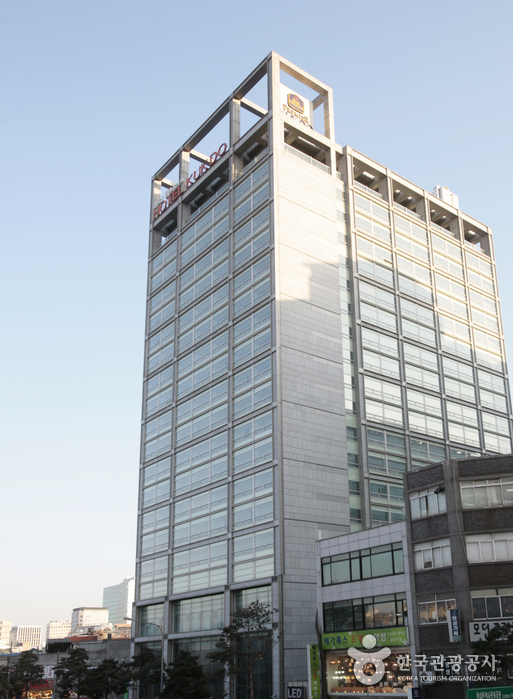


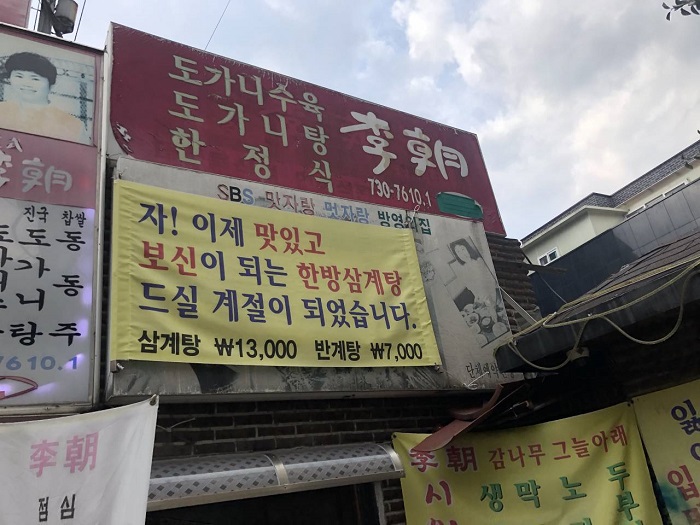
 English
English
 한국어
한국어 日本語
日本語 中文(简体)
中文(简体) Deutsch
Deutsch Français
Français Español
Español Русский
Русский